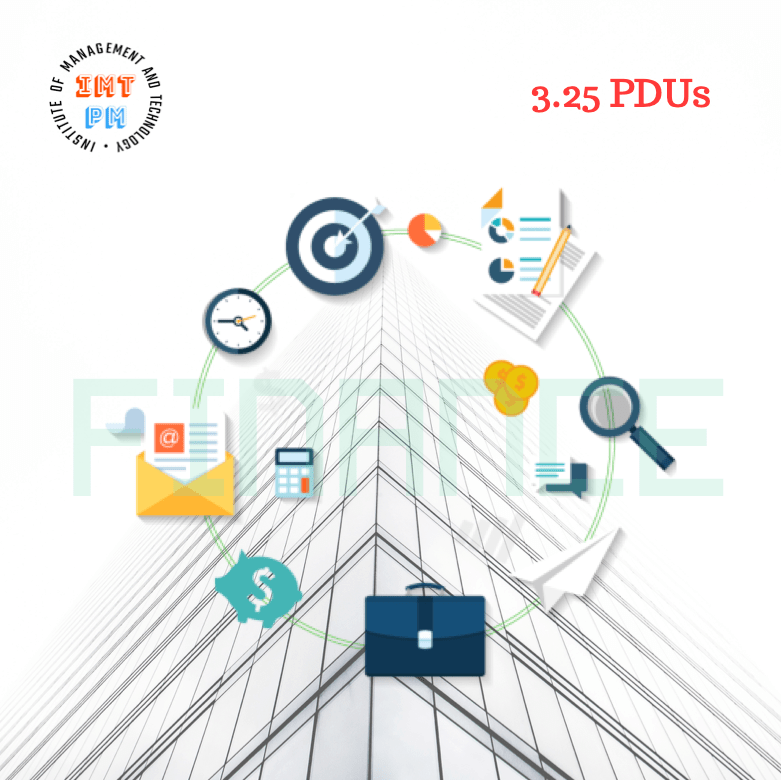Description
🌟 Provided by PMI® A.T.P. #4760. 🌟 Earn 3.25 PDUs Upon Course Completion. 📚
The purpose of the course is to understand what project finance is, its necessary elements, why it is used, how it is used, its advantages, and its disadvantages. At the end of the course, students should be able to identify projects that meet the essential criteria for project financing and know how to create the structure for necessary project financing.
When taking in this course, you will:
- Study the necessary elements critical to project financing to include product markets, technology, sponsors, operators, off-takers, environment, consultants, taxes, and financial sources.
- Understand and apply the fundamental risk allocation principle of assigning risks and tasks to the party most capable of handling them.
- Identify and use effectively and efficiently various sources of financing, including commercial banks, equity sources, the bond markets, and leasing into your projects.
Course information on PMI®: https://ccrs.pmi.org/search/course/536322

Course Outline
CHAPTER 1: OVERVIEW OF PROJECT FINANCE
This course aims to explain the background and raison d’être of project finance as one of the mechanisms of the capital markets to provide finance to large scale projects, the players and mechanics in project financing, and the various sources of finance available.
CHAPTER 2: UNDERSTANDING KEY PROJECT RISKS
Project finance is subject to several types of risks. It is useful therefore to look at these risks by category and identify their salient features and characteristics.
CHAPTER 3: EVALUATING THE PROJECT
As a first step in the syndications sales cycle, the agent bank together with the project sponsors will prepare an offering memorandum (also known as an information memorandum). This occurs in the early phases of the loan syndication.
CHAPTER 4: CONTRACTUAL FRAMEWORK
The complexities of project finance are such that the project parameters and interrelations need to be managed within a clear framework, which is formalized via contracts. Project finance can therefore be subject to numerous subcontracts within the overall framework of the project financing. We consider some of these contracts in this chapter.
CHAPTER 5: PROJECT FINANCING IN THE ECONOMY
By the early 1980s, project finance became a clearly identifiable profitable subsector of the banking world’s revenue streams. There are two key factors which have fueled the substantial increase in the use of project financing techniques over the past two decades.






Reviews
There are no reviews yet.